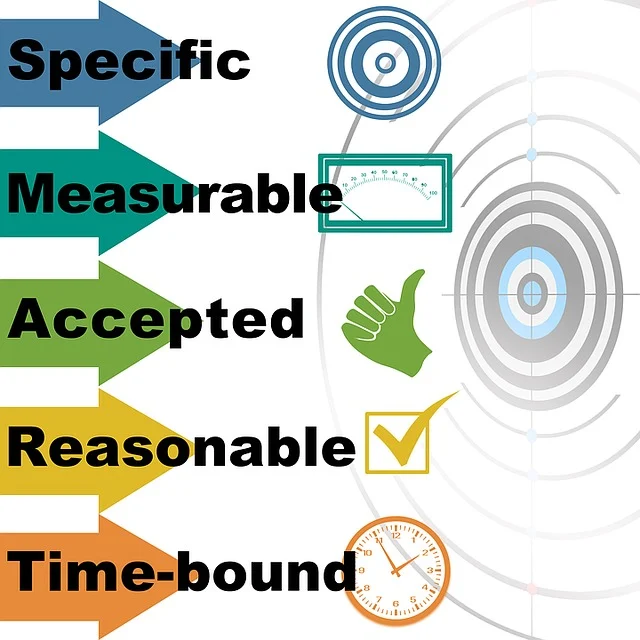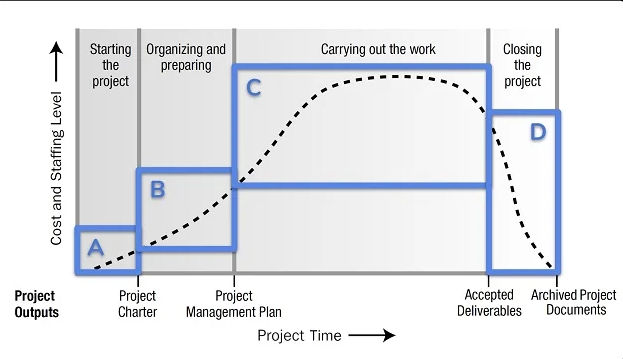
In my previous article, I have talked about a phishing attack in network security. In this article, I want to talk about all that you need to know about Insider Threats in Network Security. Follow me as we are going to look at this together in this article.
Now, let’s talk about Insider Threats. Most Insiders are loyal, hardworking, employees who do meaningful work for their company, and at the end of the day go home to their family, friends and beloved pets.
Moreover, we may think of cyberthreats as coming from an anonymous criminal who is far away and behind a computer screen, and cybersecurity measures at our places of business need to focus only on external threats.
Unfortunately, an insider threat can be detrimental to an organisation, its data and brand reputation.
Both current and former employees possess valuable knowledge about a company and are capable of committing crimes that may cause irreparable harm to the organisation.
Let’s define it.
An insider has authorised access to company resources, such as critical information, personnel, equipment, facilities, networks, and systems. An insider threat is a risk an insider will use their authorised access, wittingly or unwittingly, to do harm to their organisation.
Typically, an insider threat is a well-intentioned employee that ends up doing something accidental and puts the company at risks, such as clicking a phishing email or something negligent, such as a privileged user not following company policy in order to complete their work faster, which can result in some form of security compromise.
On the other hand, a malicious insider threat is connected to the organisation, and wittingly target it for an attack. They perform deliberate actions, such as malicious exploitation, theft, destruction of data, or the compromise of information technology resources.
Research shows this person could be a present or former employee, contractor, a board member, or employee who has or had authorised access to the office building, networks, systems, or sensitive company information.
Most insider threats are unintentional, hence our focus on training awareness. We must be vigilant. If you see something or hear something, then say something. For example: Who did you see? When did you see it? What did you see? Where did it occur?
Why is it suspicious? It does not matter how big or small it seems, such as a secured door that is left ajar, a confidential document that is left on the printer, or a piece of equipment is acting oddly. Report any suspicious activity to your manager and your organisation’s information security team.
When it comes to cybersecurity, knowledge is power and that’s why, by Implementing actions you can take, you can avoid common traps. Be cyber vigilant out there.
Action Point
PS: I know you might agree with some of the points raised in this article or disagree with some of the issues raised.
Please share your thoughts on the topic discussed. We would appreciate it if you could drop your comment. Thanks in anticipation.
WhatsApp: @CRMNuggets Community
Follow Us on Facebook: CRMNuggets
Follow on X Platform
Follow on TikTok @crmnuggets
![]()








